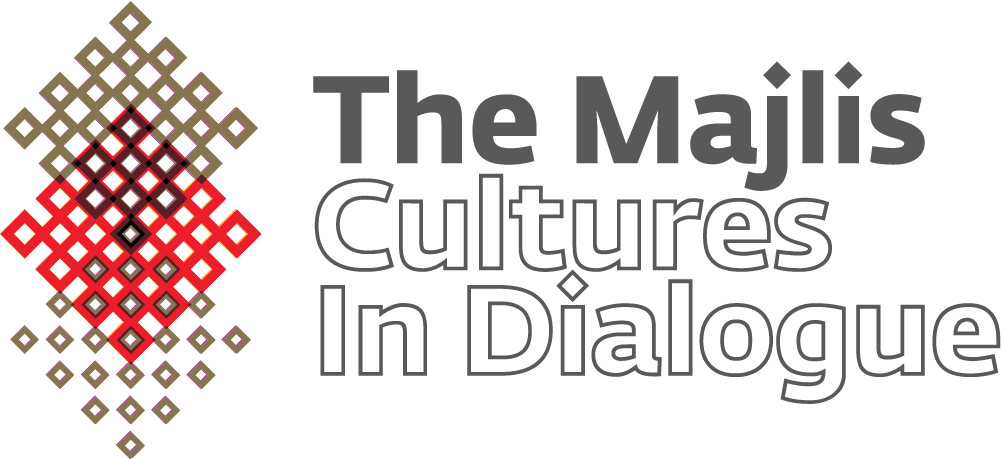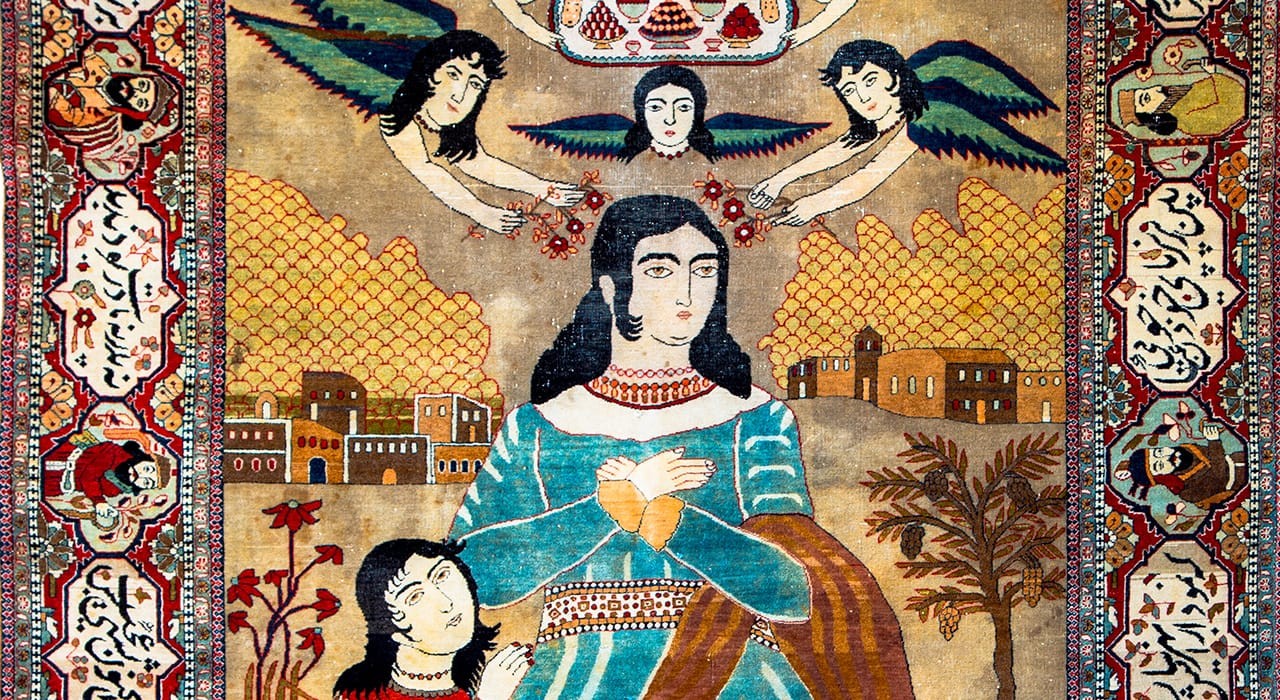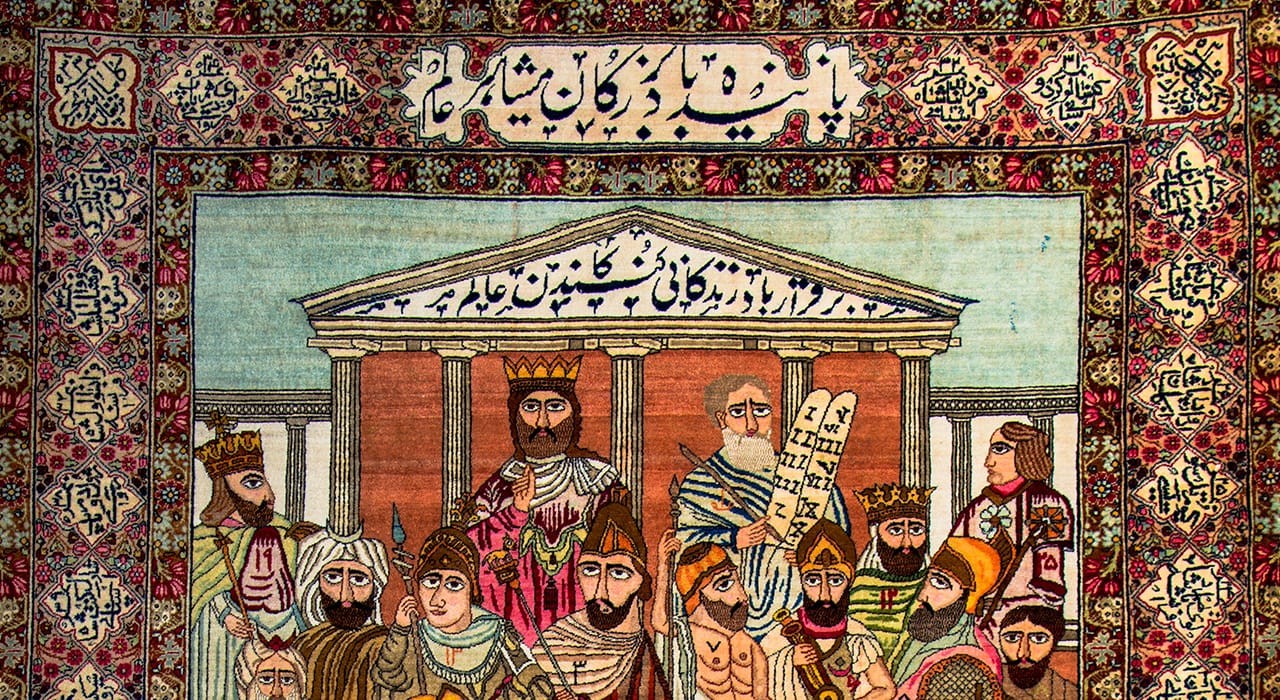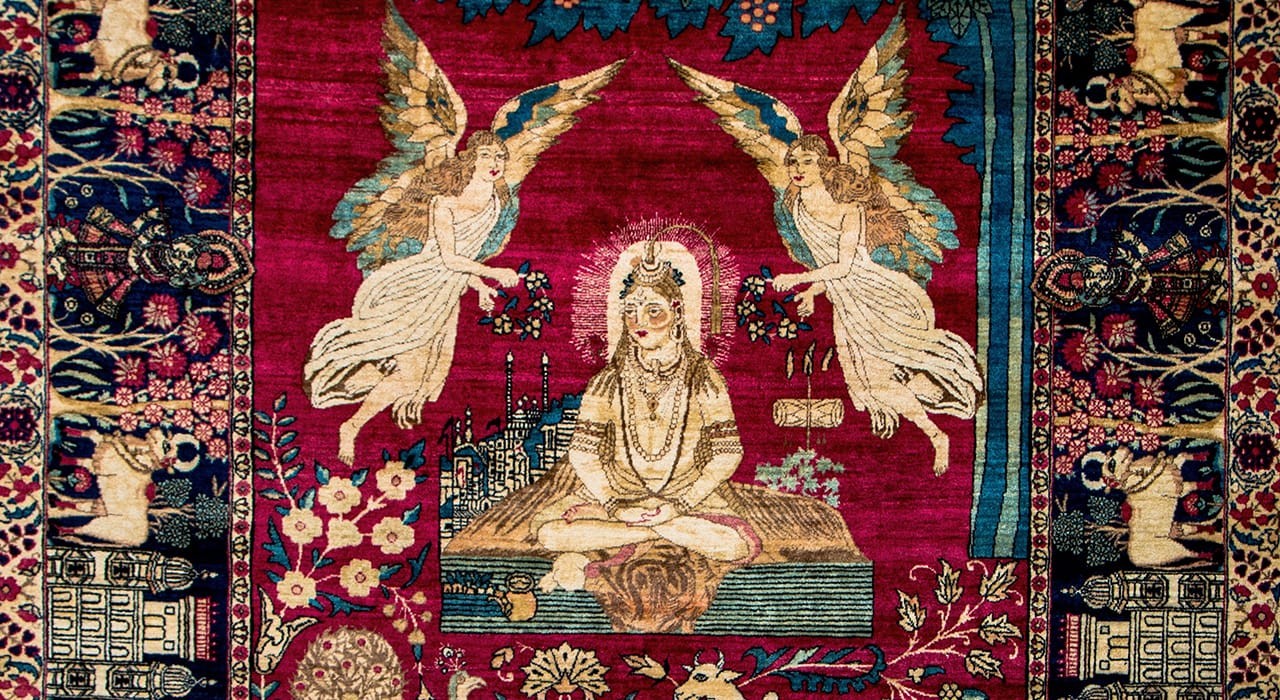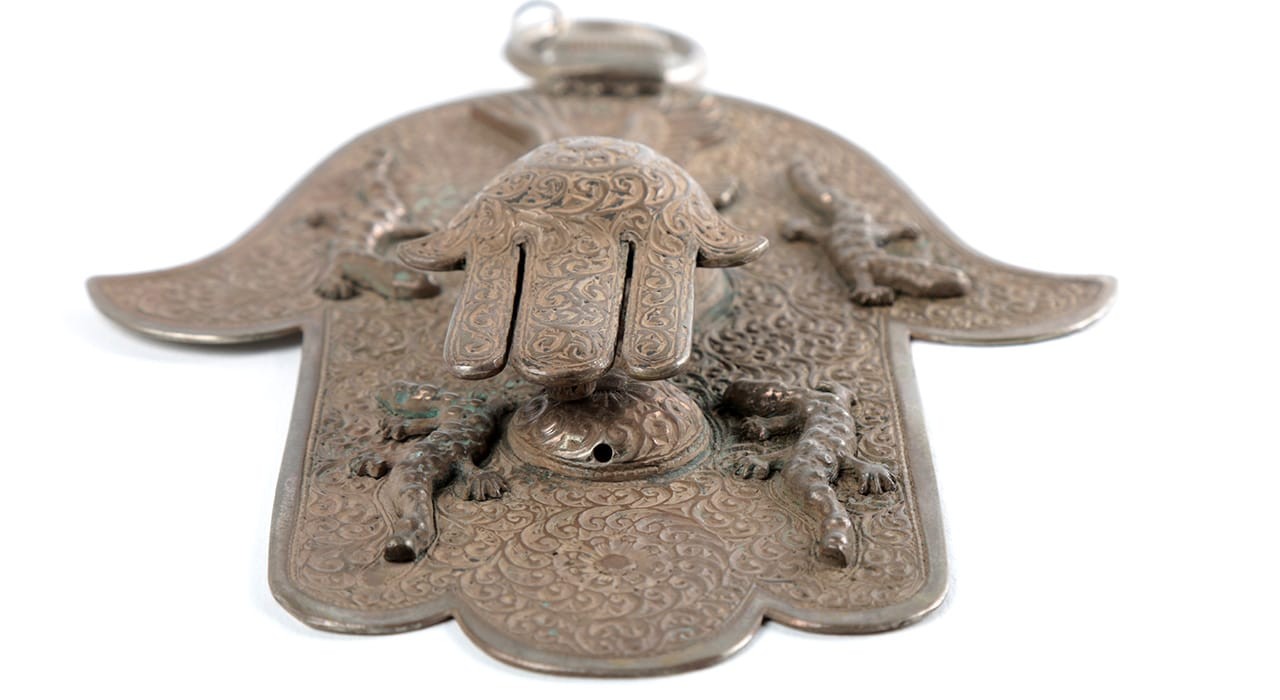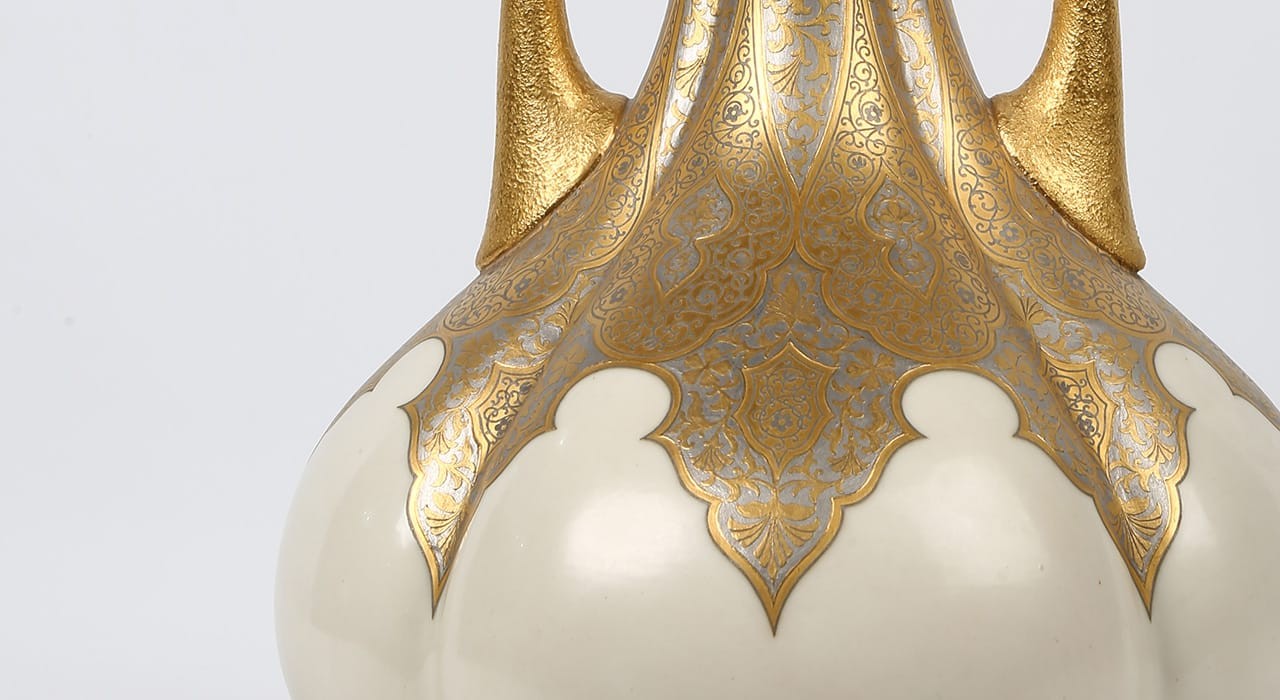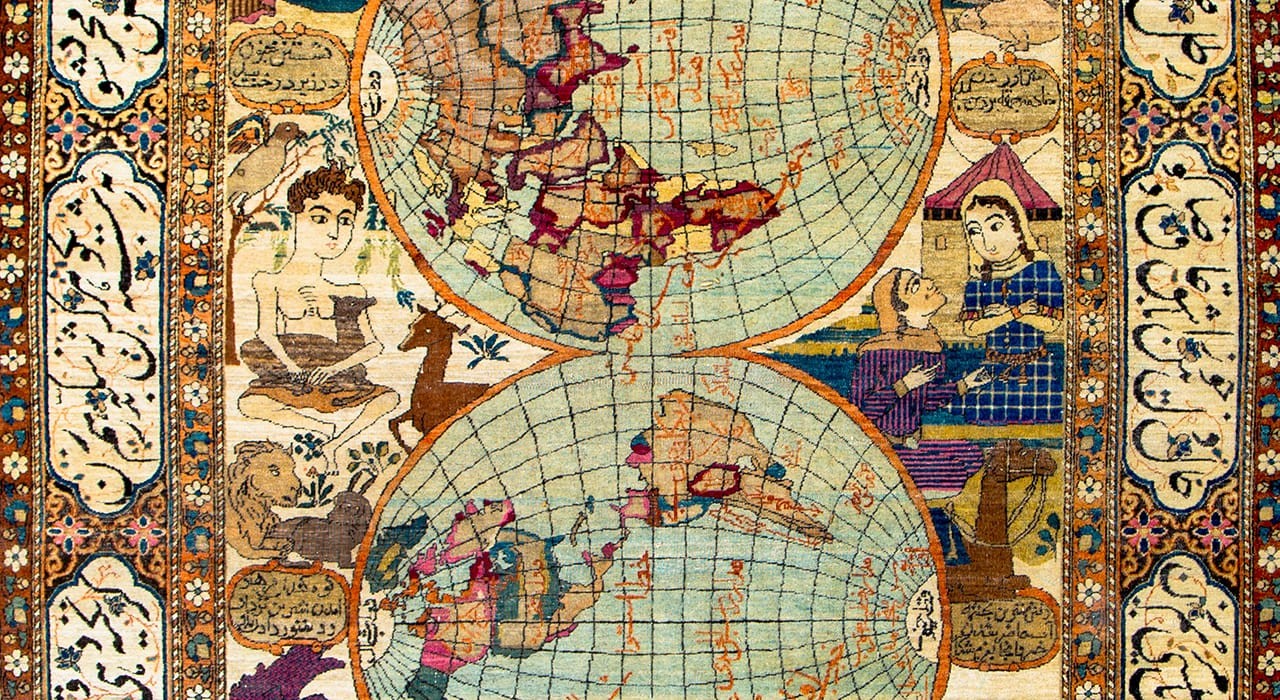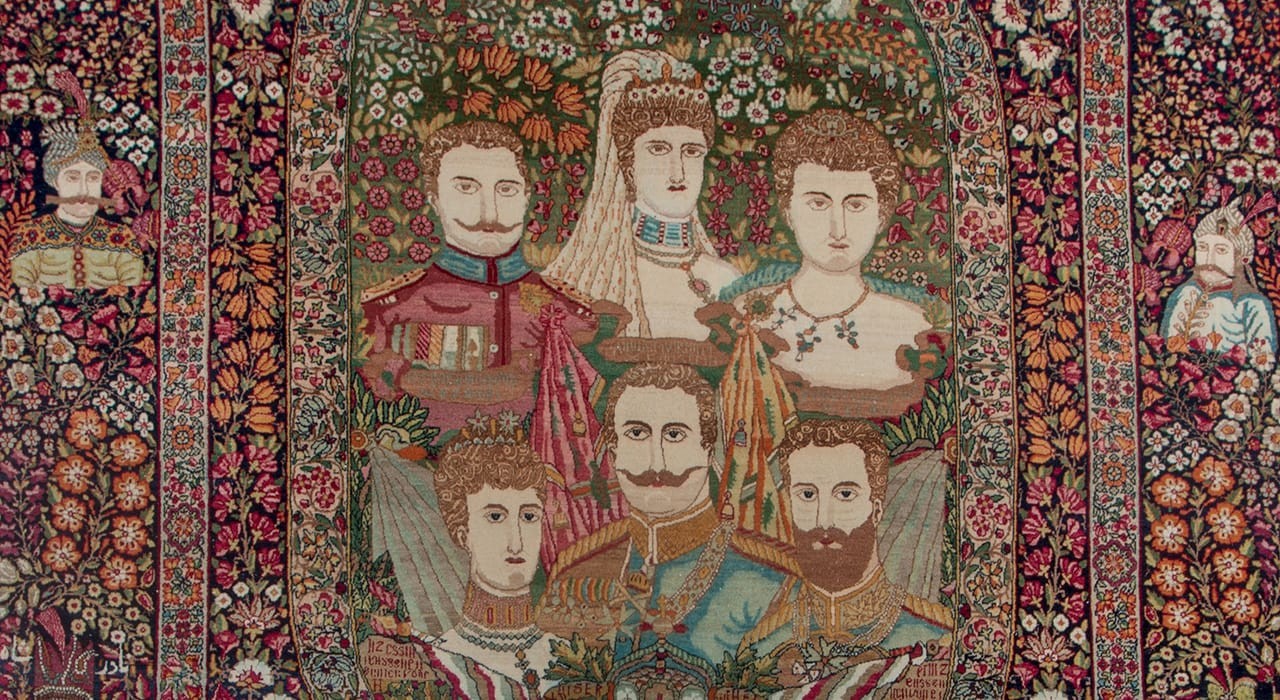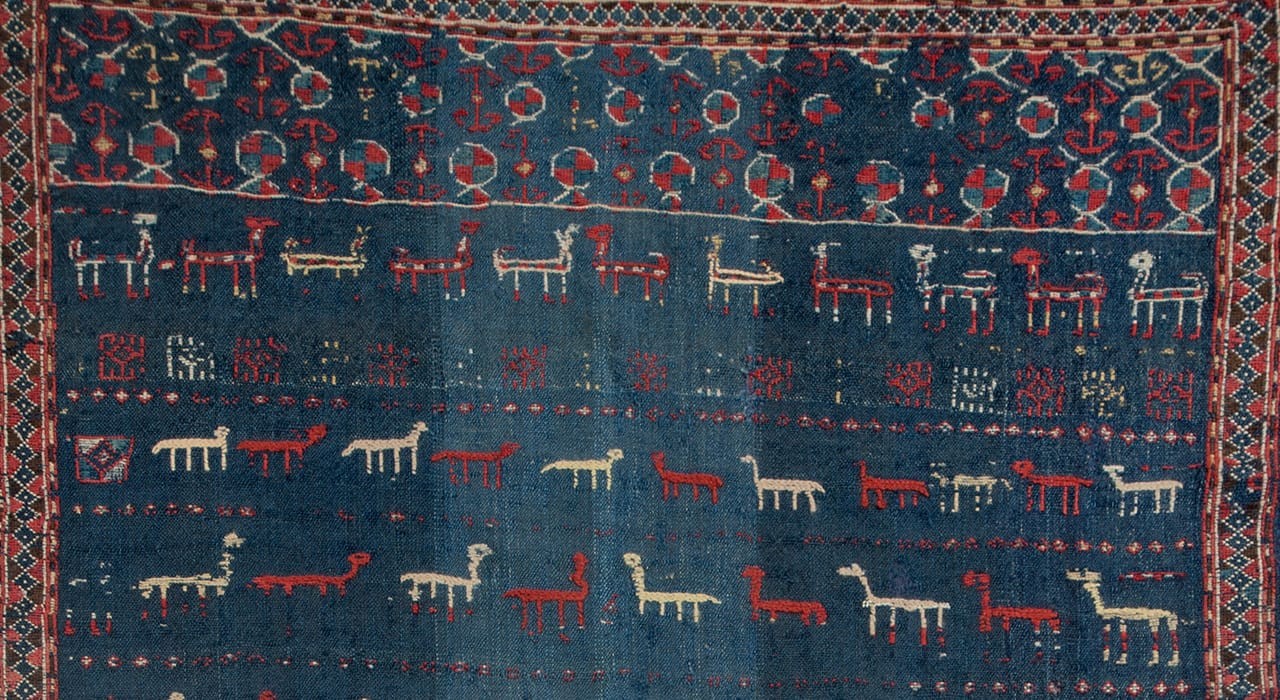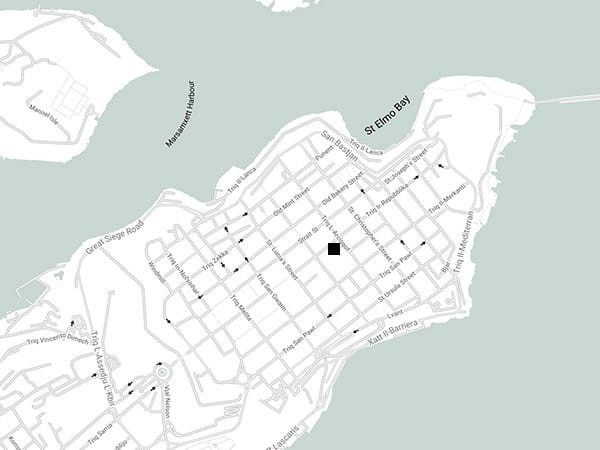Based on the concept of the traditional space of learning, discussion, dialogue and sharing present in every home in the Arabian Gulf, The Majlis – Cultures in Dialogue is presented for the first time in Malta under the Patronage of Her Excellency Marie-Louise Coleiro Preca, President of Malta, His Highness Sheikh Tamim Bin Hamad Al Thani, Emir of the State of Qatar and the Maltese National Commission for UNESCO with the endorsement of Valletta 2018 European Capital of Culture.
Persian carpets featuring the Virgin Mary, mystic artifacts shared from Africa across the Arab world to India, Chinese Qurans, mosque lamps made in Vienna… these selected artifacts are a testimony to the beauty that has resulted from centuries of intercultural dialogue. They are at the core of fascinating stories that cover the full range of human experience, referencing events from different religions or holy books, relating conceptions of the world and the universe, illustrating matters of power and politics, and narrating tales of love, war, and peace.
Collection’s highlights
12 masterpieces from the exhibition
VALLETTA, MALTA
THE GRAND MASTER’S PALACE
18 September
/ 28 October 2018
The Grand Master’s Palace has been the administrative center of Malta for almost three-and-a-half centuries. The original structure functioned as the seat of the Grand Master of the Knights Hospitaller of Saint John of Jerusalem and later, during the British colonial period, as the Governor’s palace. Up to April 2015 it also housed the House of the Representatives and today it is home to the office of the President of the Republic of Malta. Ever since the time of the Knights Hospitaller, the palace housed an important collection of artworks, some of which still grace its walls. A number of these expressly commissioned for the building form a part of its historic fabric. Others were acquired, transferred or presented at different times throughout its storied history.
Under the patronage of:
Her Excellency Marie-Louise Coleiro Preca
President of Malta
His Highness Sheikh Tamim Bin Hamad Al Thani,
Emir of the State of Qatar
Maltese National Commission for UNESCO
In partnership with:
Heritage Malta
UNESCO Doha Office
Qatar National Committee for Education, Culture and Science
Qatar Museums
Platinum Sponsor:
Qatar Shell Companies
Malta Local Sponsors:
BNF Bank
Refalo & Zammit Pace Advocates
HANDSON
Endorsed by
Valletta 2018, European Capital of Culture
THE GRAND MASTER’S PALACE
Republic Street, Valletta
VLT 1191, Malta
